Rear bike seats are one of the most common ways to carry a small child on your bicycle. They provide a relatively cheap and easy way to introduce your little ones to the sensation of being transported by bike and are a popular choice if you have one child who you want to move around by bike rather than by car or public transport. In this article we’ll take a look at the pros and cons of rear bike seats. Hope you enjoy the ride!
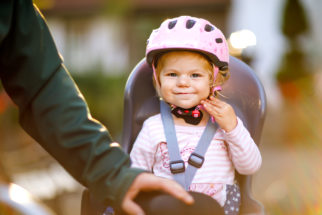
If you’re already certain you want to buy a rear bike seat then you can skip straight to our article on the best rear bike seats.
Rear bike seats
There are several different types of rear bike seat, and a couple of ways of fixing them to your bike. Your choice will be determined by: a) the age of your child b) your budget c) the way you want to fix the seat to your bike
What’s the youngest age a child can use a rear bike seat?
Before using a rear bike seat it is very important that your child can sit independently and hold their head upright for the entire duration of your journey. Many children aged 12 months are usually capable of this, however each child is different and so if you’re in any doubt please consult your Heath Visitor or GP before setting out. The younger your child the more support they will need, so you also need to check the minimum age range for the seat you are buying.
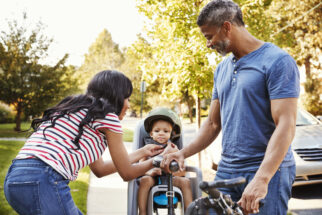
Is my child too old to use a rear bike seat?
As each child is different there’s no hard and fast rule as to when they’ll grow out of their seat. The maximum weight limit for each bike seat will vary, so check out on the manufacturers website. Some seats have an upper limit of 18kg, others 22kg and some may be suitable for older children.
However, each child is different and limits vary by seat model, do make sure you check the suitability of the seat as your child grows. In reality it is likely that you will find your child outgrows the rear bike seat before reaching the weight limit. A good indicator is when you feel their feet knocking into your legs as you pedal. You’ll also know if they’re getting too heavy, as you’ll struggle to ride the bike with them in the seat!
Their increasing weight can also start to affect the stability of the bike and make if much harder for you to get them into and out of the seat. Some children will also start to get restless in a rear seat and may demand a more active role so it could be time to consider ways of pulling their own bike behind you instead, or upgrading to a trailer or cargo bike.
For older children who don’t need the same level of restraint or support then it’s worth checking out a junior rear seat. These are very popular in places like The Netherlands and Denmark, and allow you to continue to transport your child as they outgrow a rear child seat. 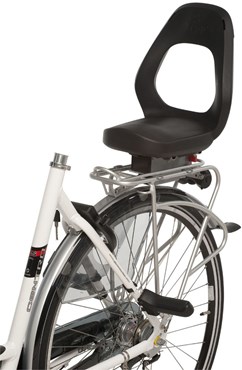
Pros of using rear bike seats
There’s a number of reasons rear bike seats are so popular – here are just a few:
- A basic model can be bought for around £40, so rear bike seats are a relatively cheap way to start cycling with your little one
- Being high up on the back of the bike, your child or toddler can see much more than when they are in a pushchair
- Toddlers and young children love the feeling of being grown up enough to go on your bike with you
- The more expensive models of rear bike seats are very comfortable, and you may well find you have a sleeper on board if you venture out at nap time
- Being lightweight in comparison to a trailer or cargo bike, a rear seat needs less physical effort, making it ideal if you are new to cycling or looking to regain your fitness levels post pregnancy
- A rear bike seat is also easier to manoeuvre than a child bike trailer or cargo bike which is worth considering if you’re cycling in areas with lots of parked cars or on cycle path with barriers to get past
- Being so much smaller to store than a trailer or cargo bike, a child’s bike seat may be the only option to cycle with your child at this age if your storage space is limited
- A number of high end rear child bike seats use a Blackburn rack for attaching to the bike. This is a standard type of rack for attaching panniers, so can be ideal if you think you’ll need panniers at any point in the future
- If you don’t have mudguards fitted on your bike you will get a soggy bottom in wet weather. With a seat fitted this is a thing of the past as the seat takes the brunt of any water!
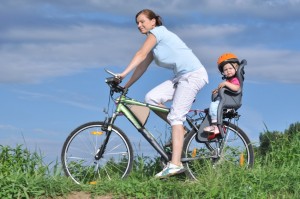
Cons of using a rear bike seat
There are some things that it’s worth considering before deciding to use a child’s rear bike seat. We’d rather you were fully informed and safe before setting out – do please ensure you’re a confident and well trained cyclist before setting out with your child.
- As the seat is attached to your bike, if your bike falls, so will your child. Whilst most seats have head and side protection, the elevated position of your child on the bike does means there is a risk they could be hurt if the seat lands on the ground. For this reason, some parents prefer the safety features of a trailer.
- Your child is not protected from the element so in cold weather make sure they are wrapped up very warm, and don’t forget gloves. Remember you are keeping warm from the effort of cycling – they get very cold very quickly.
- Your child is behind you so it’s harder to have a conversation than if your child is on a front seat.
- You’re limited to the size of rucksack you can wear, as you’ve got a face right behind you.
- If your child is happy to sit still and watch the world go by, you’re in for many happy miles. If however, they have ants in their pants and wriggle around a lot, you’ll have problems with stability and a hoarse voice from shouting at them to sit still.
- The rear bike seat is the most difficult to get your child in and out of, and can be extra tricky if your attention is also focused on an elder sibling on their own bike
- To get the child in and out of the rear bike seat, you need to make sure the bike is standing up against something. This can be an issue if you’re out in the countryside and you’d usually lay your bike down once off it. It is possible to do it free standing, but you need to practice it, and have strong knees/thighs! The alternative is fitting a kickstand to your bike.
- You may need to take your child out of the rear bike seat before you can safely lock the bike up. This can be stressful if you’re in a very busy place, and your darling is intent on running away before you’ve finished locking everything up
We’ve included the above points so you are aware of some of the pitfalls of a rear bike seat, but in general they are fantastic, especially when used during the summer months. You are your little one can enjoy getting out and about in the fresh air, and they love being up high seeing everything.
Where can I find more information on children’s rear bike seats?
If you’re ready to get going, see our other articles on things to consider when buying a rear seat or our post about what makes and models are on the market.
You can also see our article on the best rear bike seats for older kids.
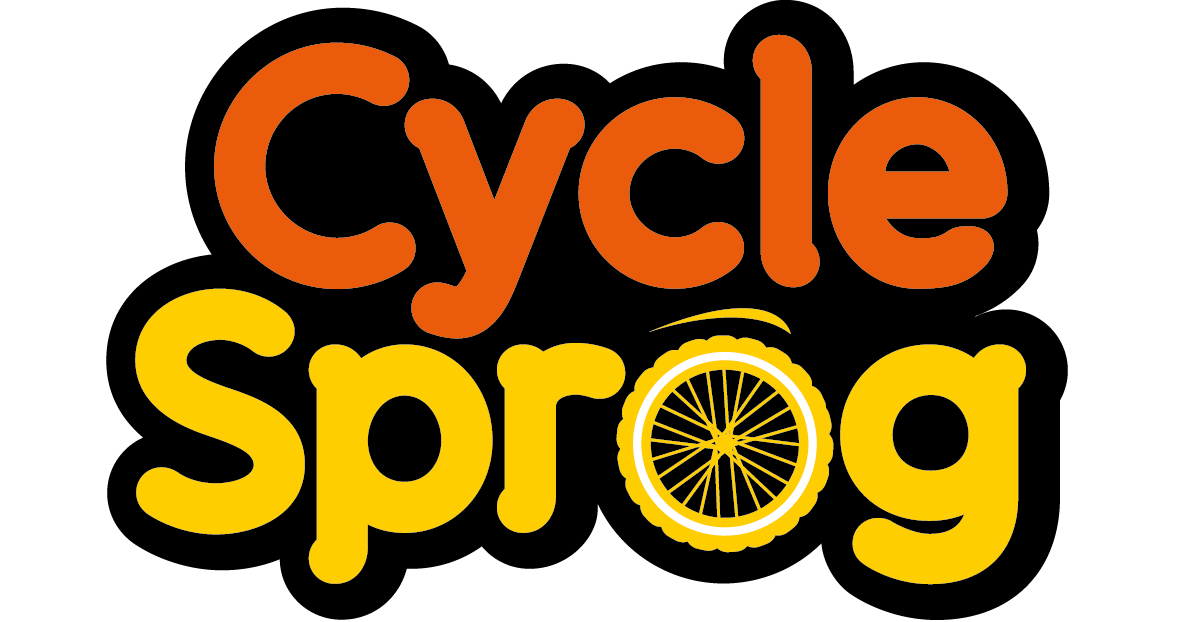
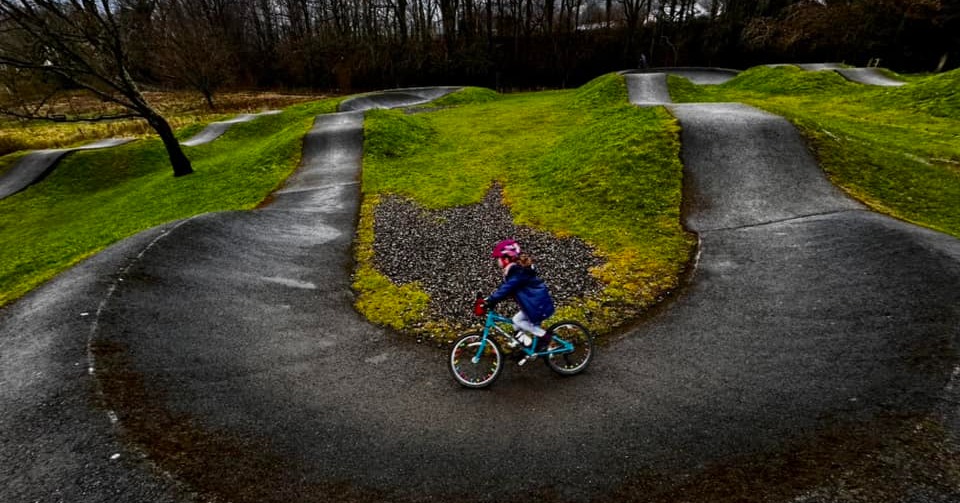
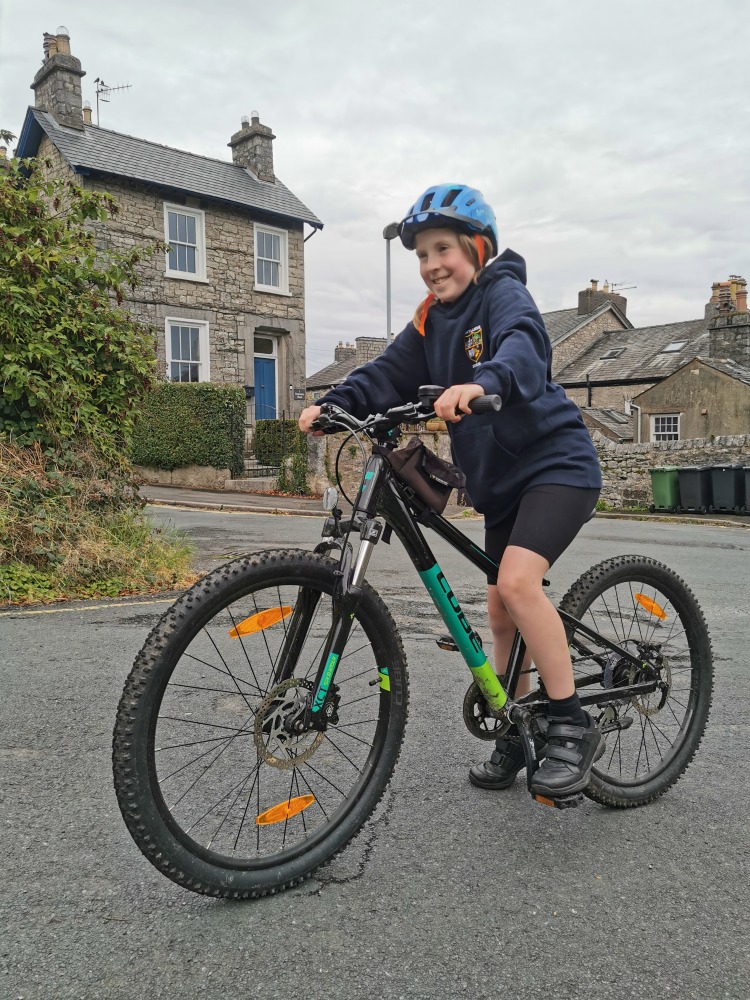
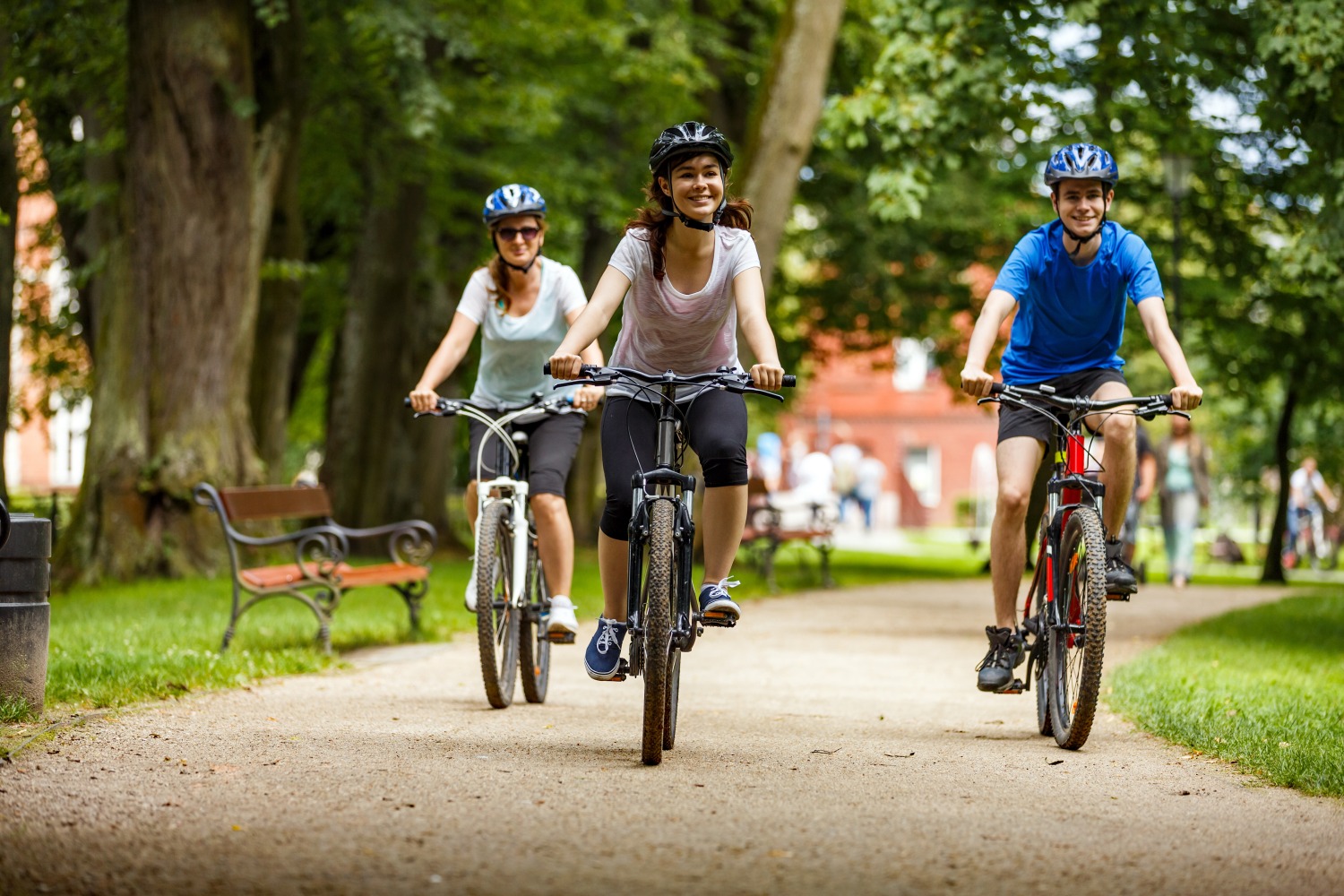
Comments